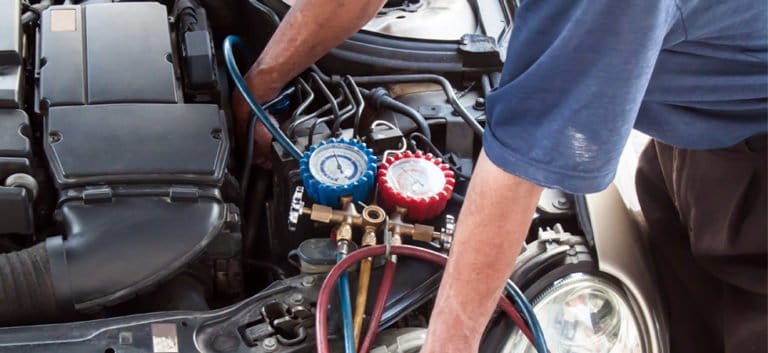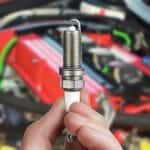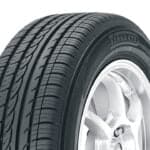Affiliate Disclosure: Some of the links in this post are affiliate links. As an Amazon Associate, we earn from qualifying purchases. Read more in our affiliate policy.
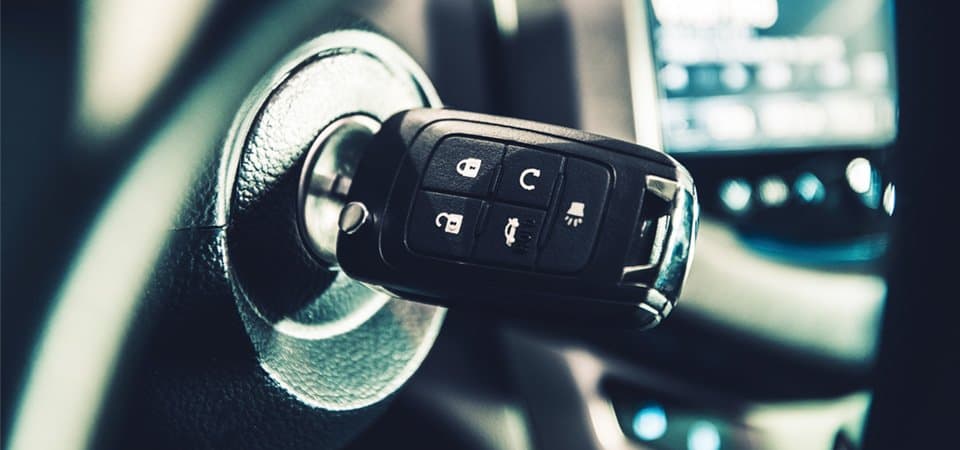
Car Key Stuck in Ignition? Here’s What You Should Do (First Aid)
Have you ever found yourself trying to remove the key out of the ignition or trying to turn the key but it would not budge?
If you are reading this, you have probably had the misfortune of having a car key stuck in the ignition. You should be familiar with the surge of panic, the wave of heat, and the break of sweat that comes with it.
The good news is having a car key that won’t come out of ignition could just be a result of something that you overlooked and it is nothing serious. The other news is you would probably need a professional to take a look at it.
But whatever it is that you do, do not try to jimmy the key out or apply herculean force to remove the key as you will risk breaking the key off, among other possible damage.
Car Key Stuck in Ignition – The First Aid
After counting one to three and taking a deep inhale and exhale to shake the panic off, give the following steps a try to free your key from the ignition.
-
Make sure that the key is in the “Lock” position.
The ignition cylinder may not have been rotated all the way to the Lock position which makes your car believe that it is still on and it would therefore not allow you to remove the key.
If you look at the labels on the car’s ignition, all the way to the bottom, you would find one that says “Lock”. The key should be in this position to let your car know that you are turning it off and you should be able to pull your key right out.
-
Check if your vehicle is in Park or Neutral.
Vehicles that are fitted with an automatic transmission are designed not to start if the transmission is not in the Park or Neutral position. If you start a car while in the drive position, it could lurch forward and put someone in harm.
Make sure that the shift lever is in the park (P) or neutral (N) and then try to turn the key again.
If the shift lever indicator is already pointing at P or N but the key is still stuck, take the car out of the park position and then put it back in, then try turning the key again. -
Check if the steering wheel is locked.
Jiggle the steering wheel left and right. Granted that we have the right key is in the ignition, the steering wheel should be able to move freely. If it does not move or only moves slightly and then comes to an abrupt stop, the steering wheel lock has been engaged.
This can happen if you were applying pressure to the steering wheel while you were turning the car off. This locks the steering wheel in place with the steering pin.
To solve this, try wiggling the steering wheel left and right while you turn the key, applying slight pressure to the key until the lock disengages. -
Slightly pull the key out before turning it.
Insert the key all way in and then try pulling the key, if you can, about the width of the nickel out and attempt to turn it. If this actually works, the key is most likely worn.
-
As you turn the key, wiggle it back and forth.
If the previous step failed, try wiggling the key up and down. And remember, do not apply too much pressure. By wiggling the key, we allow it to come in contact with the pins from a different angle.
If this works for you, it means that the teeth on your key are too worn to make proper contact with the pins and you should, therefore, replace it.
-
The key is broken.
We wish we weren’t in this situation but, unfortunately, we are.
You can get a broken key extractor or use pliers if part of the key is sticking out. You can also put super glue to put the pieces of the key together (be careful not to let the super glue come in contact with anything else other than the key) and when it dries, pull the key out.
If none of these are possible, have a locksmith extract the key for you. -
Check if your car has a safety switch (may apply to Japanese and American cars).
If you see an extra lock switch inside the ignition or if your car manual says so, press the key in with the button so that you can rotate the key further down and remove it.
Key Still Locked in Ignition?
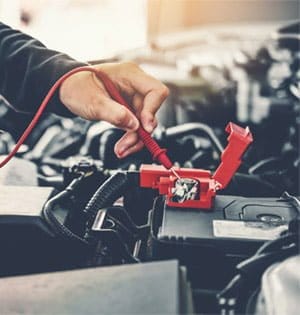
Your car’s battery may be dead.
Some cars would prohibit you from removing the key if it does not have sufficient power. You can check your car’s battery with a voltmeter to make sure it is at the correct level or you can try turning the headlights on. If the headlights refuse to turn on, the battery may be dead.
Charge the battery if you can or have someone jumpstart your car.
What’s next?
If you managed to free your key from the ignition, congratulations!
But do not stop there especially if you have determined that your key is bad or if you suspect that there is something going on with the ignition cylinder.
Check these next steps to save yourself from the same predicament.
-
The key is worn or broken.
Hopefully, your key is not too worn for a new copy to be possible. But if it is, have a new key cut by the dealership that supports the make and model of your vehicle.
Depending on your vehicle, the dealership might be able to create a new key using your car’s VIN number. You may be asked to provide evidence of ownership of the vehicle.
If they cannot make a new key, you will have to buy a new ignition module with a key and have it installed. -
If the key is bent, try to flatten it with a mallet.
This can be common to duplicate keys because the materials that are used to make them are not as tough as the original ones. But original keys can wear out over time too.
Do not try to straighten a car key with a vice or pliers as this can weaken its integrity or you may bend it too far. Lay the key down on a flat surface and then strike it with a wooden or rubber mallet to flatten it. -
Try to remove debris from the key and the ignition cylinder.
If there was debris on the key when you inserted it, chances are the pins of the ignition cylinder may have caught it.
Clean the key with alcohol or an adhesive remover. After that, insert it all the way in, and then slide it back out. Repeat this a few more times until you think you have dislodged the debris caught in the ignition cylinder.
If you suspect that there’s a heavy accumulation of dirt and debris, try spraying canned air into the keyhole. Make sure to do it in short spurts. A few sprays should do the job. If you do more than that, the cold could damage the ignition cylinder. -
The ignition cylinder has seized up.
If the ignition cylinder is stuck, you can spray a lubricant like WD40 through the keyhole but don’t spray too much. After that, insert the key and gently turn it back and forth so that the lubricant can work its way in.
If the problem recurs and becomes worse, the ignition cylinder may need to be replaced. Just like getting a new key from your dealership you would have to present solid proof of ownership to get a new ignition cylinder installed.
If all these have failed…
-
Grab the OBD-II scanner if you have one.
Check for trouble codes to see if a fuse is causing the problem or if there are issues with the shifter. You may need more advanced tools though for issues with the ignition switch or the immobilizer, which leads us to our next tip.
-
Get a pro mechanic to help you.
There’s nothing like having a pro give your car a thorough inspection. They know best and can give you additional tips on how to care for your vehicle.
Car Key Locked In Ignition – Conclusion
Getting a car key stuck in the ignition can be extremely frustrating especially if it happens at an inopportune time. Hopefully, it is just a product of plain oversight. You just had a booboo moment and you can get yourself out in no time.
However, in all other cases, proper overall car care and maintenance become all the more important in preventing your key from getting locked in ignition.
Also, remember that the key is just as important as any part to operate your vehicle so make sure that you keep it in good condition.
Disclaimers
All product names, logos, and brands are property of their respective owners. All company, product and service names used in this website are for identification purposes only. Use of these names, logos, and brands does not imply endorsement.
It is our policy to make every effort to respect the copyrights of outside parties. If you believe that your copyright has been misused, please provide us with a message stating your position and we will endeavor to correct any misuse immediately.
Some of the links in this post are affiliate links. As an Amazon Associate, we earn from qualifying purchases. This means if you click on the link and purchase the item, we may receive an affiliate commission, at no extra cost to you. This helps us keep this website alive. Read more in our affiliate policy.
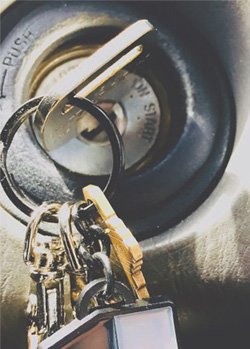 The ignition cylinder may not have been rotated all the way to the Lock position which makes your car believe that it is still on and it would therefore not allow you to remove the key.
The ignition cylinder may not have been rotated all the way to the Lock position which makes your car believe that it is still on and it would therefore not allow you to remove the key.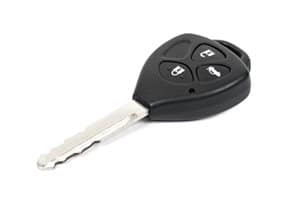 We wish we weren’t in this situation but, unfortunately, we are.
We wish we weren’t in this situation but, unfortunately, we are.

